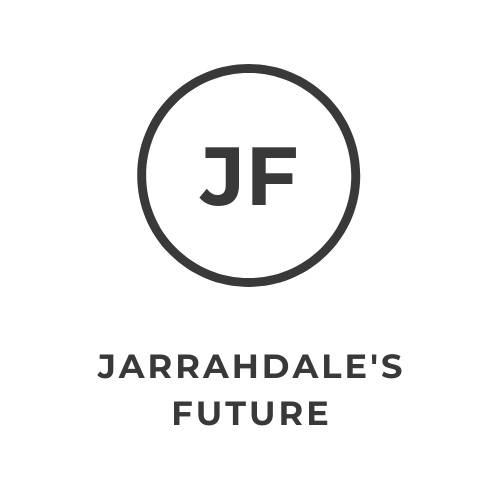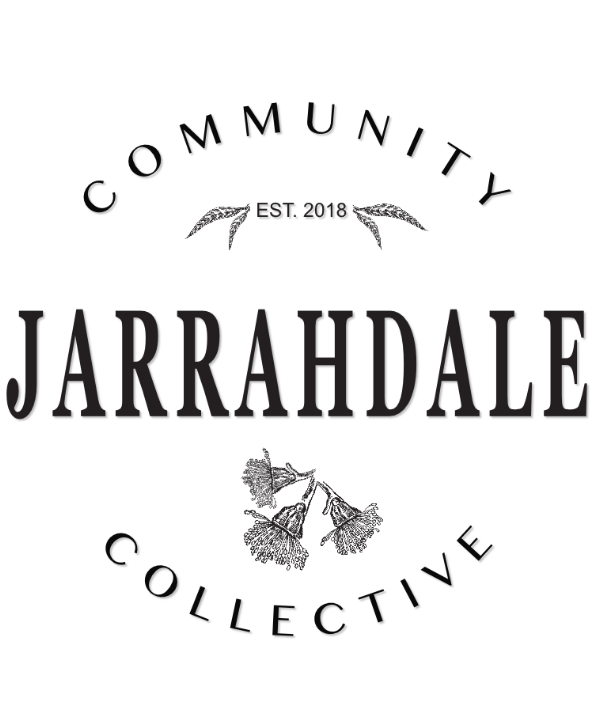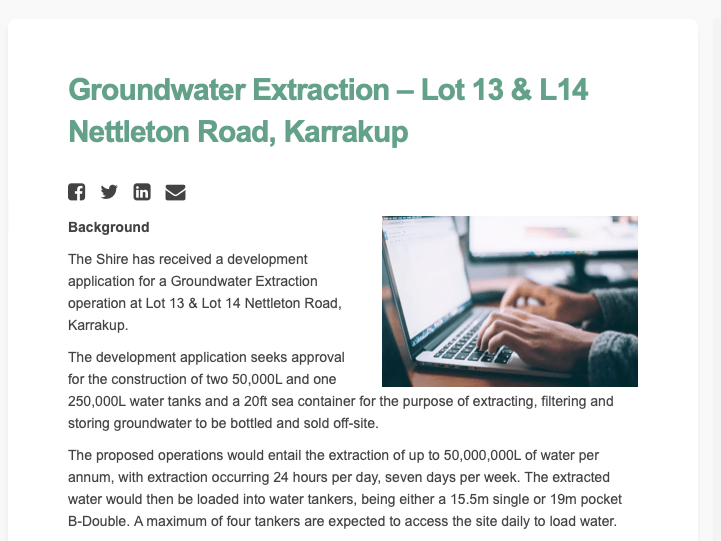Jarrahdale’s Future Update on the Water Extraction Proposal A211002 Lots 13 and 14 Nettleton
Last week Jarrahdale’s Future posted a short document about this issue on Facebook. We intended to follow that with more detailed posts on this proposal. We hope that these posts will increase awareness of some of the issues. We also openly admit that water, in general, is a wide-ranging and complex matter, and we do not know it all! If there are people in the community who have relevant information, we would welcome your input.
This post is intended to give more detail about the company structure and business model of the proponent, to describe the nature of the catchment area involved, and to discuss the issue of sustainability.
More Details on the Company and its Operations.
As explained in the last post on Facebook, the company that submitted this proposal to the Shire of Serpentine Jarrahdale is a small company called Karrakup Springs Pty Ltd. Karrakup Springs Pty Ltd is part of a group of eleven related companies. Some seven of these companies are small companies, each owning a property on which there is a spring or mineral water source, from which water can be extracted in commercial quantities. Most are in Victoria, the rest in other eastern states.
At the moment Karrakup Pty Ltd does not appear to own Lots 13 and 14 Nettleton Road. The sale appears to be waiting on the outcome of the application currently before the Shire of Serpentine Jarrahdale.
An eight company, Pristine Logistics, operates the truck fleet, including RAVB double tankers used to transport the water from extraction sites to processing sites.
A ninth company in the group, Black Mount Pty Ltd, is the business arm of the group that markets the spring or mineral water. This company bottles and sells some of the water in Australia under the business names Black Mount Natural Springwater or Black Mount Spring Water. Some of the water may be sold in bulk to other companies who bottle, rebrand and then sell it. The rest is pumped into big bladders inside shipping containers and sent overseas for bottling and sale.
All this information is available on the Black Mount Natural Spring Water website. There are also a number of videos on the site showing the tanker fleet, and the bladders being filled for export. Amapseems to indicate that the exported water goes to places like Malaysia, Singapore, China and the United Arab Emirates.
All of the 9 companies mentioned above are fully owned subsidiaries of a company called Black Mount Investments Pty Ltd which is itself owned by a parent company called Black Mount Holdings Pty Ltd. These companies are registered in the eastern states. The actual shareholders are listed in the Black Mount HoldingsPty Ltd material, and it does appear to be a family company as described in one of the videos. All this information is available on the ASIC (Australian Securities and Investment Commission) website
Description of the Proposed Extraction Site
The Cooralong valley area contains about 10properties including the Cooralong Orchard, and the whole area actually falls in Karrakup Postal Locality 6122. The boundary between this locality and Jarrahdale Locality 6124 is just south of Alcoa Road.
The top of the valley is located just south of the catchment divide ridge. (The old Alcoa Haul Road runs under Nettleton Road at this point). Rainfall runs north off the divide to become the Beenyup Brook, and south off the divide into the valley and becomes the Gooralong Brook.
The extraction proposal was put out for comment by the Shire of Serpentine Jarrahdale as is the usual practice. We have been told that it attracted a very large number of comments. Responses came from people in Karrakup and in Jarrahdale indicating that this proposal is causing concern on both sides of the catchment divide.
While the catchment divide is clear on the surface, some people in Karrakup think that the situation may not be so clearcut underground. They believe that some puzzling events that have occurred in the past indicate that there may be an underground connection between the two systems. They are very concerned for their bores and dams, and for the effects, this proposal may have on the Beenyup Brook.
People on the Jarrahdale side of the divide are equally concerned for their bores and dams, and for the health of the Gooralong Brook. Rain falling to the south of the catchment divide either flows on the surface to join the Gooralong Brook or seeps underground and travels much more slowly downhill. This underground movement of water on top of the granite basement rock is likely to be a major source of water for the swamp and quokka habitat just to the east of the Jarrahdale townsite. The water is forced to the surface here by the granite rock bars that cross Gooralong Brook in town.
Sustainability
The following discussion will focus mostly on the Gooralong Brook on the Jarrahdale side of the catchment divide.
On their website, Black Mount Natural Spring Water claim that they only take water sustainably, meaning that the water they extract each year is replaced by annual rainfall. There is no reason to doubt the company’s sustainability claim for its existing operations. The question is whether 50 million litres a year can be taken sustainably, year on year, from Lots 13 and 14 Nettleton Road (the Cooralong Orchard), particularly in this drying climate.
Gooralong Brook through Jarrahdale is formed by surface and underground water out of the Cooralong Valley, plus water from the eastern branch of the catchment which extends to the vicinity of Blue Rock and the western end of Balmoral Road.
Almost all the rainfall in this small Gooralong catchment evaporates back into the atmosphere, most of the evaporation being the water used by the trees and undergrowth. The forest uses as much water as it can, with tree roots normally reaching down to the basement granite. It is estimated that only about 6% of rainfall ends up as stream flowin a catchment such as this. A small drop in rainfall causes a large change in stream flow because the forest keeps using all the water it can reach.
This Gooralong system can only be considered sustainable if all the water lost out of it each year through evaporation and other water use is replaced every year by rainfall.
The decrease in rainfall since the 1970’s due to the gradually drying climate has affected the Gooralong catchment and the Gooralong Brook. In Jarrahdale, anecdotal evidence indicates that a number of bores, soaks, dams and streams have dried up over the last 30 years. It appears that the orchard property under consideration in this extraction proposal has itself had difficulty with water supply. This all correlates with the Water Corporation analysis of the decreasing rainfall and runoff over last few decades. (see Water Corporation website). This drying trend is predicted to continue into the future.
Under these circumstances, it is questionable whether the extraction of 50 million litres of water from the upper reaches of the Gooralong catchment is sustainable. In addition, water extraction and export from the catchment is not equivalent to the water used for orchard irrigation within the catchment, because the fruit trees would not use all the irrigation water and some of it would return to the catchment water table.
The impact of this extraction on neighbouring properties is not known and very difficult to predict, and the potential impact upon significant fauna habitat lower in the catchment is an even more complex issue. If the quokka habitat swamp near Jarrahdale suffers significant drying, it will become more prone to wildfire and increase the risk of losing the quokka colony.
Where does Black Mount Pty Ltd intend to market the water from Karrakup Springs?
It is not clear where Black Mount Pty Ltd intends to sell the water. It could be sold as bottled water in WA, trucked to the eastern states, or shipped overseas. The last option seems to make sense. At the moment the exported water is probably shipped out of Victoria or NSW. Shipping from the southeast of Australia involves longer shipping routes to reach markets in Asia and the Middle East, and presumably shipping from Fremantle would reduce costs.
Who has the right to use this catchment water?
Under the Metropolitan Region Scheme the Cooralong Valley in which Lots 13 And 14 are located is double zoned: rural and catchment. The dual zoning of this part of the catchment ensures that the rural interest is not the only interest to be considered when making water allocation decisions. This allows for the interest of rural and non-rural users downstream to be taken into consideration.
Under this legal definition, the main users with legitimate rights to use this catchment water include rural activities like watering stock, irrigating fruit and vegetable; household purposes and watering gardens; for firefighting; by the forest and its fauna; the Serpentine River itself, landholders with rights to the river; the Shire of Serpentine Jarrahdale, and other non-rural uses eg tourism, hikers.
Western Australia is often said to be the driest third of the driest country in the world and getting drier. Already there is not enough water to go around. The SJ Shire is having difficulty sourcing water for public facilities and amenities, including in Jarrahdale. The Perth metropolitan region is desalinating almost half its water requirements already, and this will increase. Some of that desalinated water is stored in the Serpentine Dam and then used to maintain environmental flows in the lower Serpentine River during summer. Many country people are increasingly having to buy and cart water for their stock and for personal use.
We need to keep all our declining water resources here.
Ratepayers and residents who feel strongly about this issue should be prepared to attend the Council meeting. If you wish to speak at the meeting you need to apply beforehand to do so.
Your content goes here. Edit or remove this text inline or in the module Content settings. You can also style every aspect of this content in the module Design settings and even apply custom CSS to this text in the module Advanced settings.


